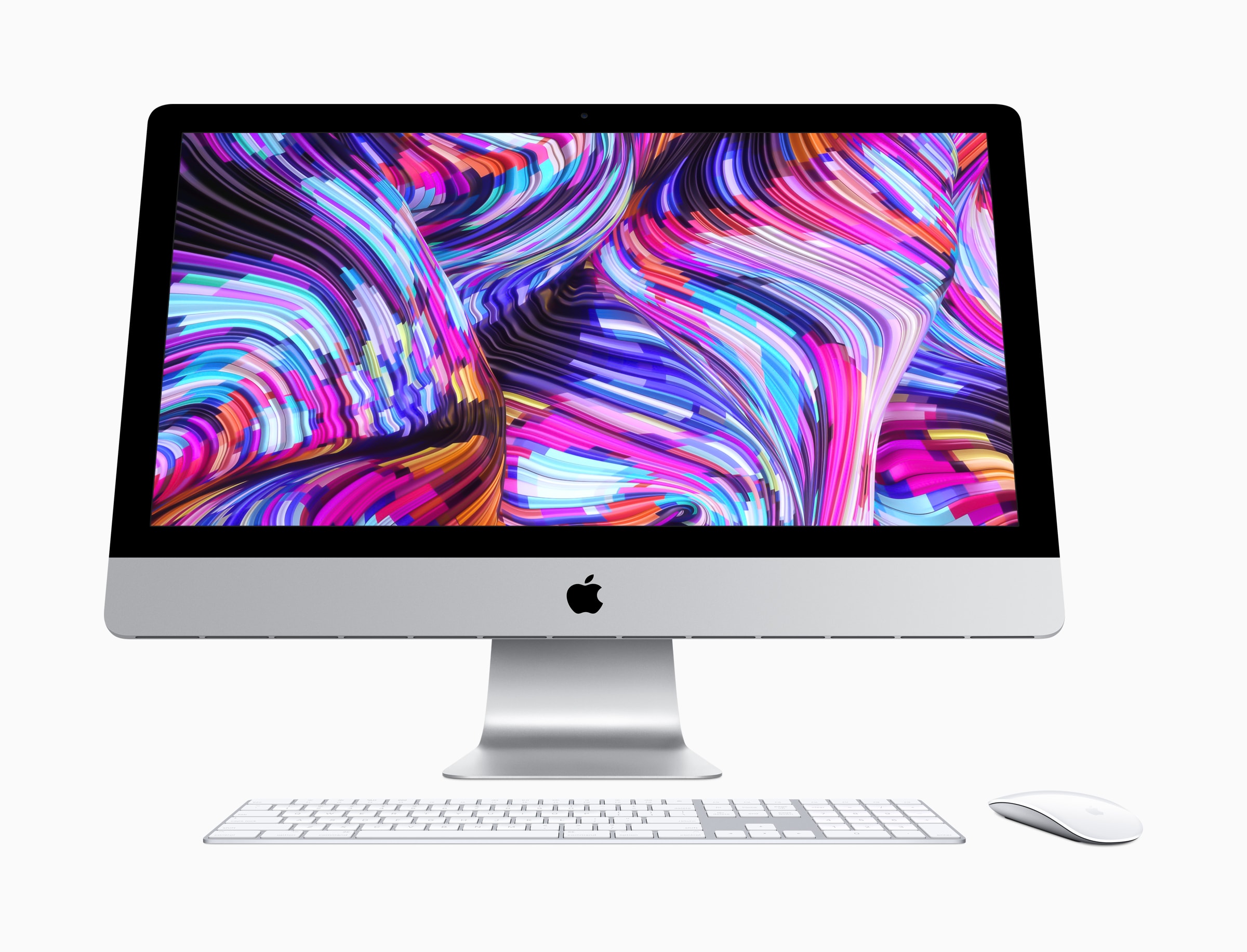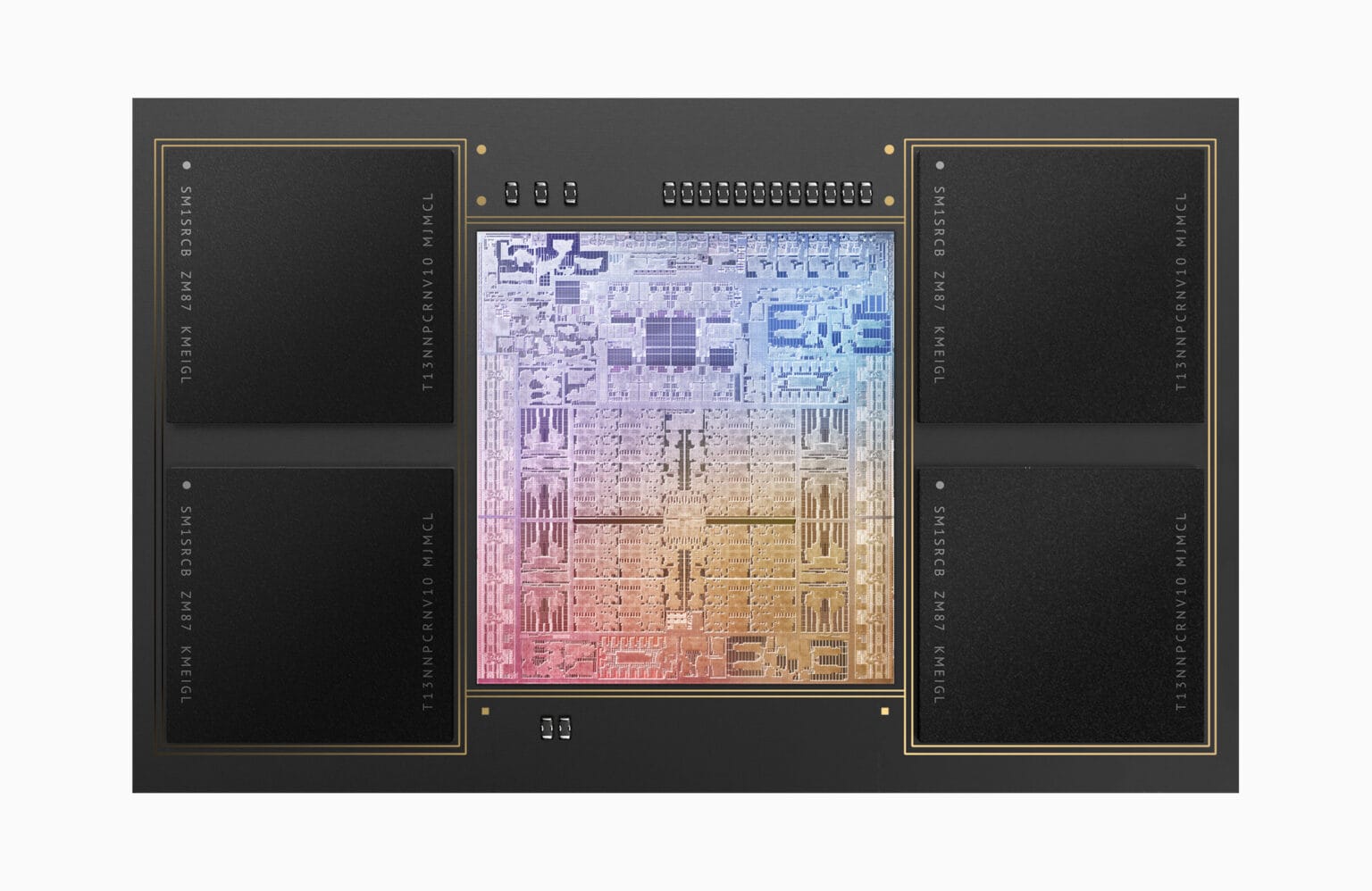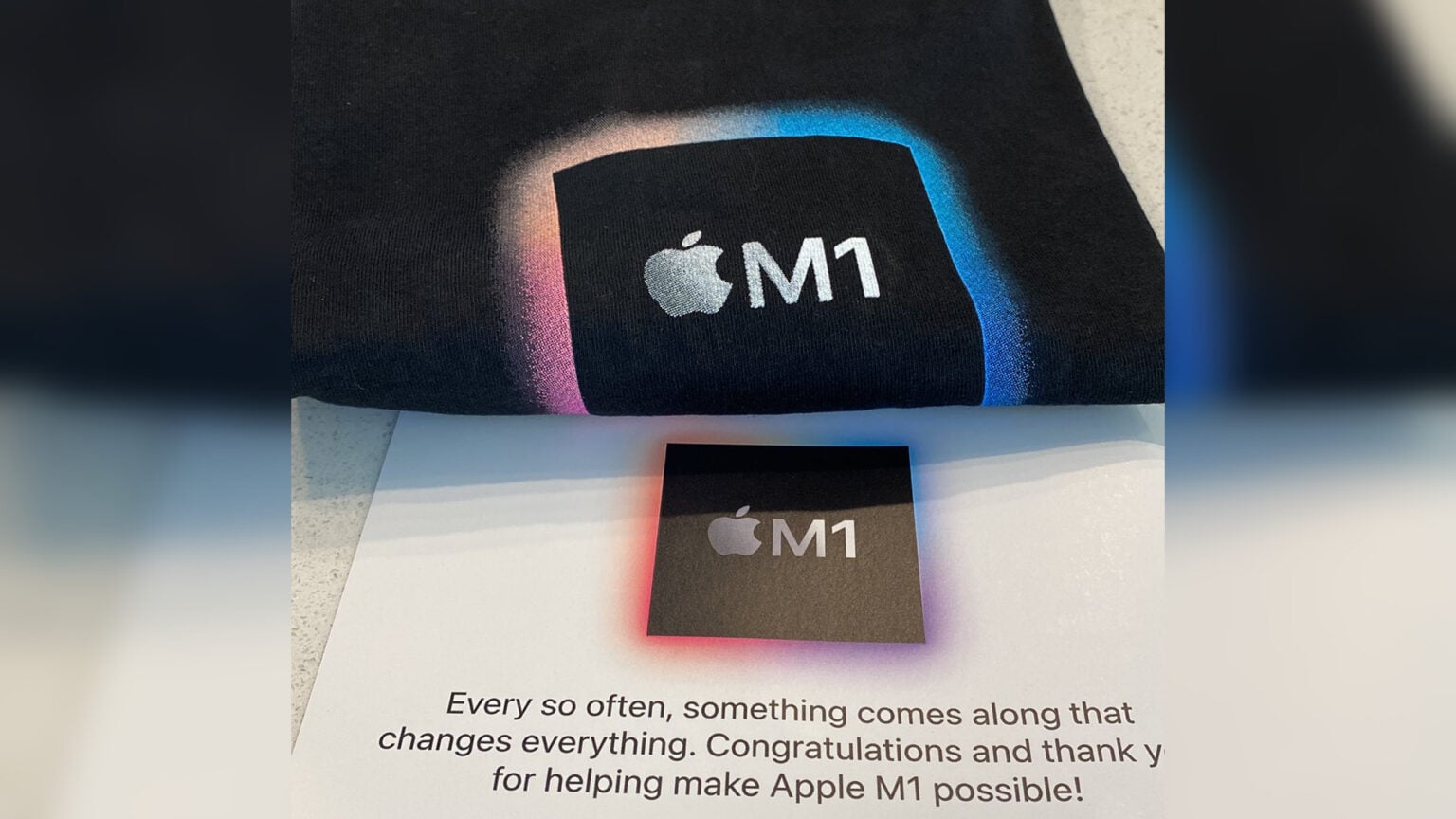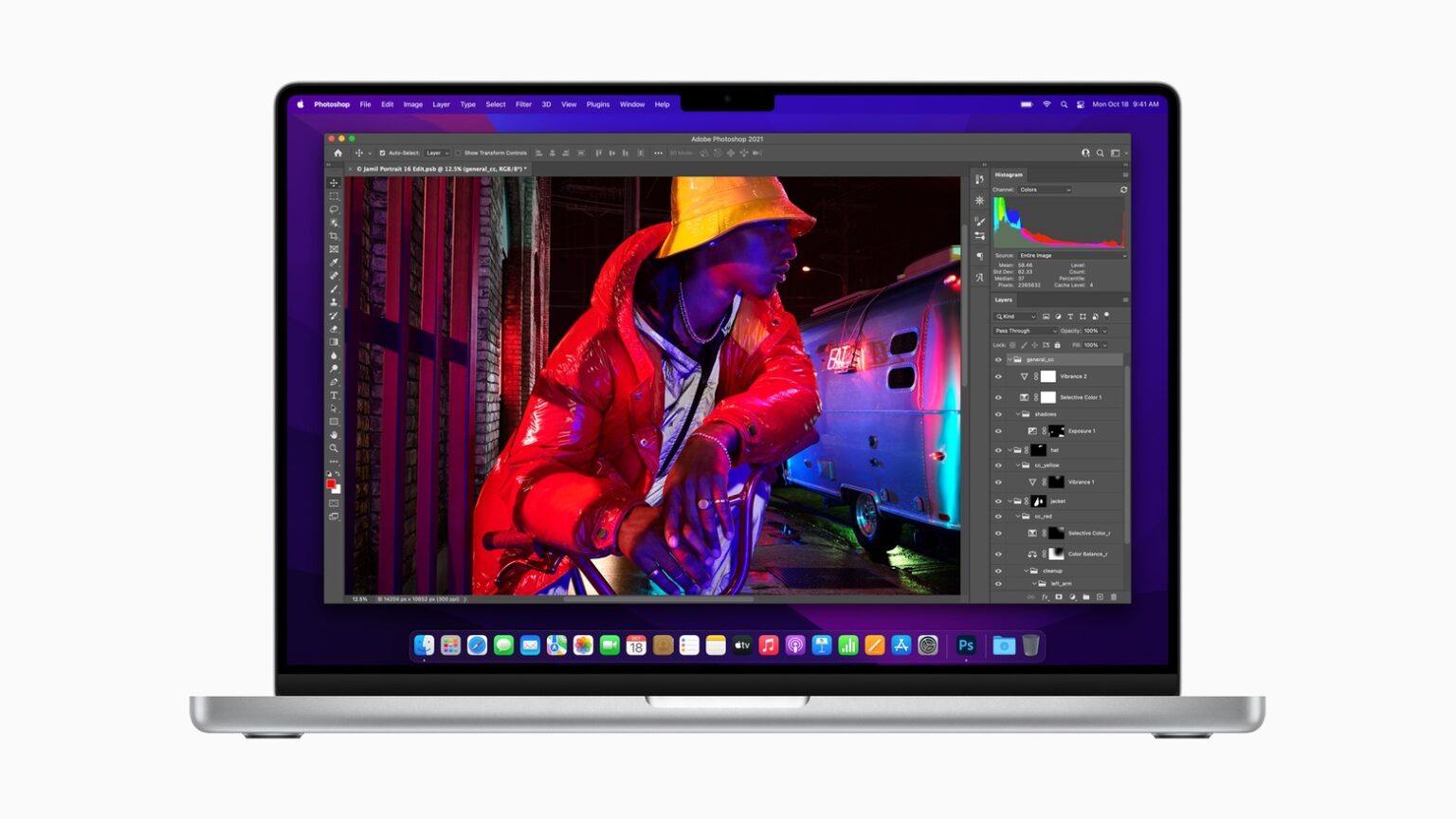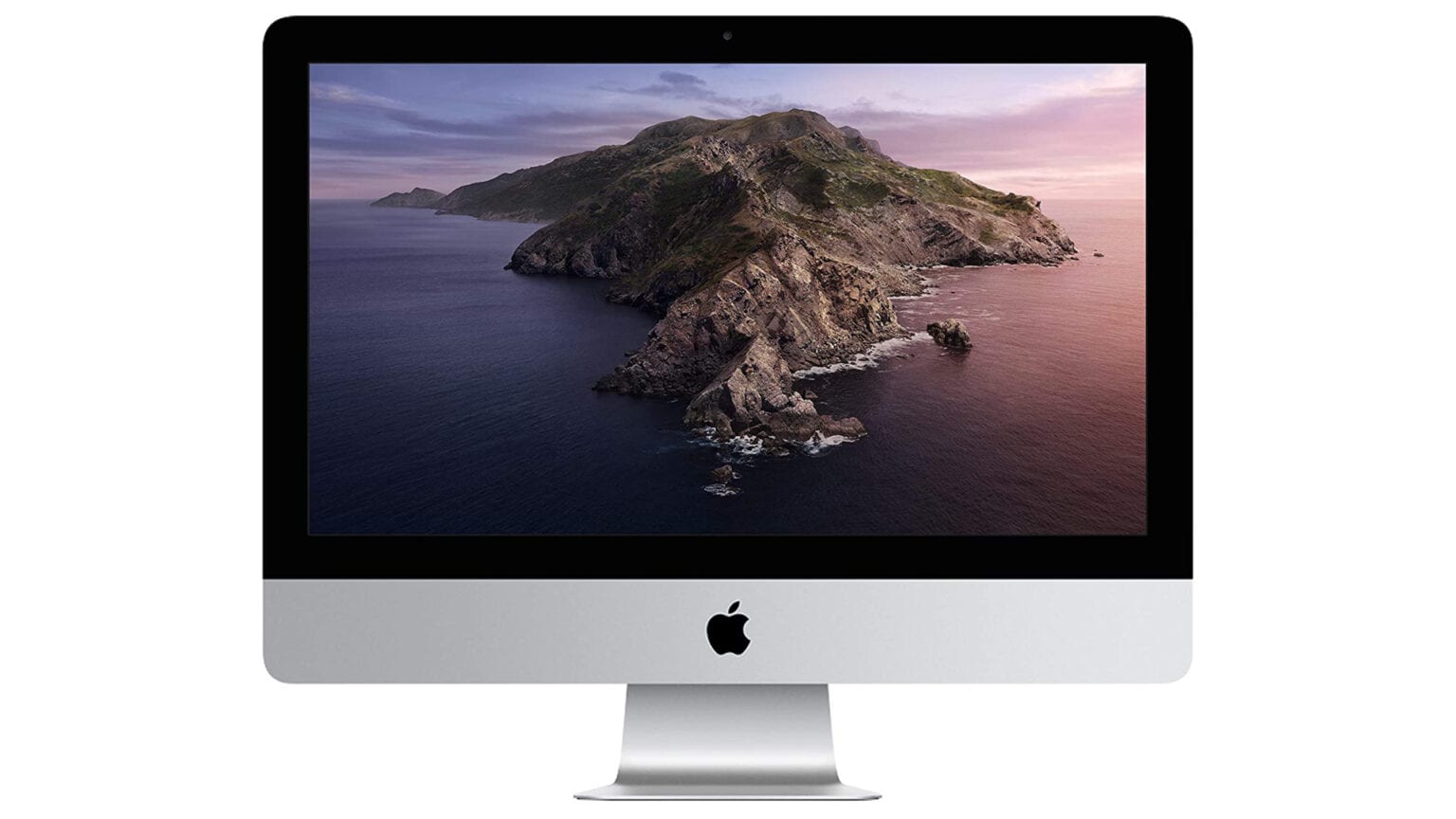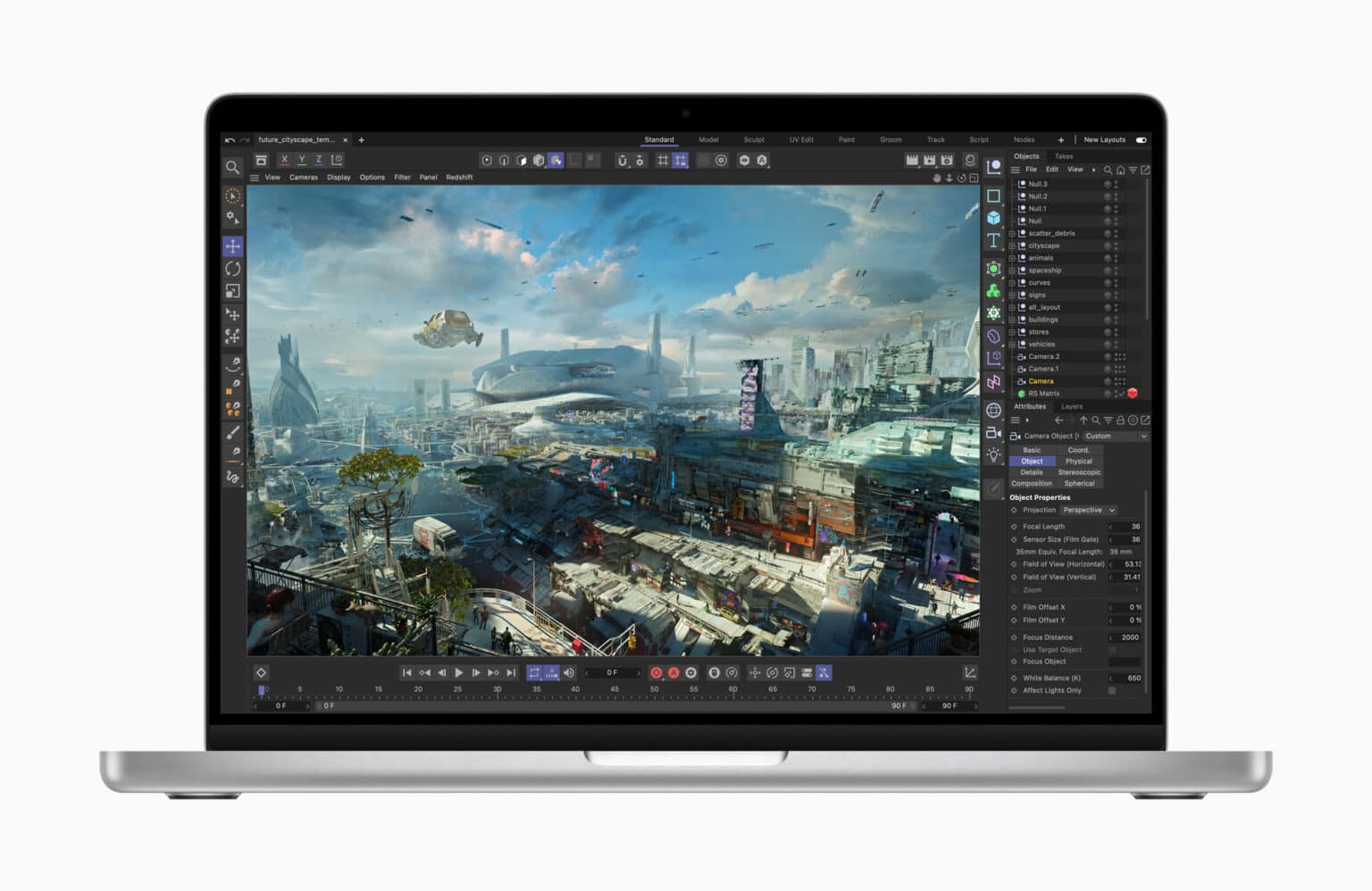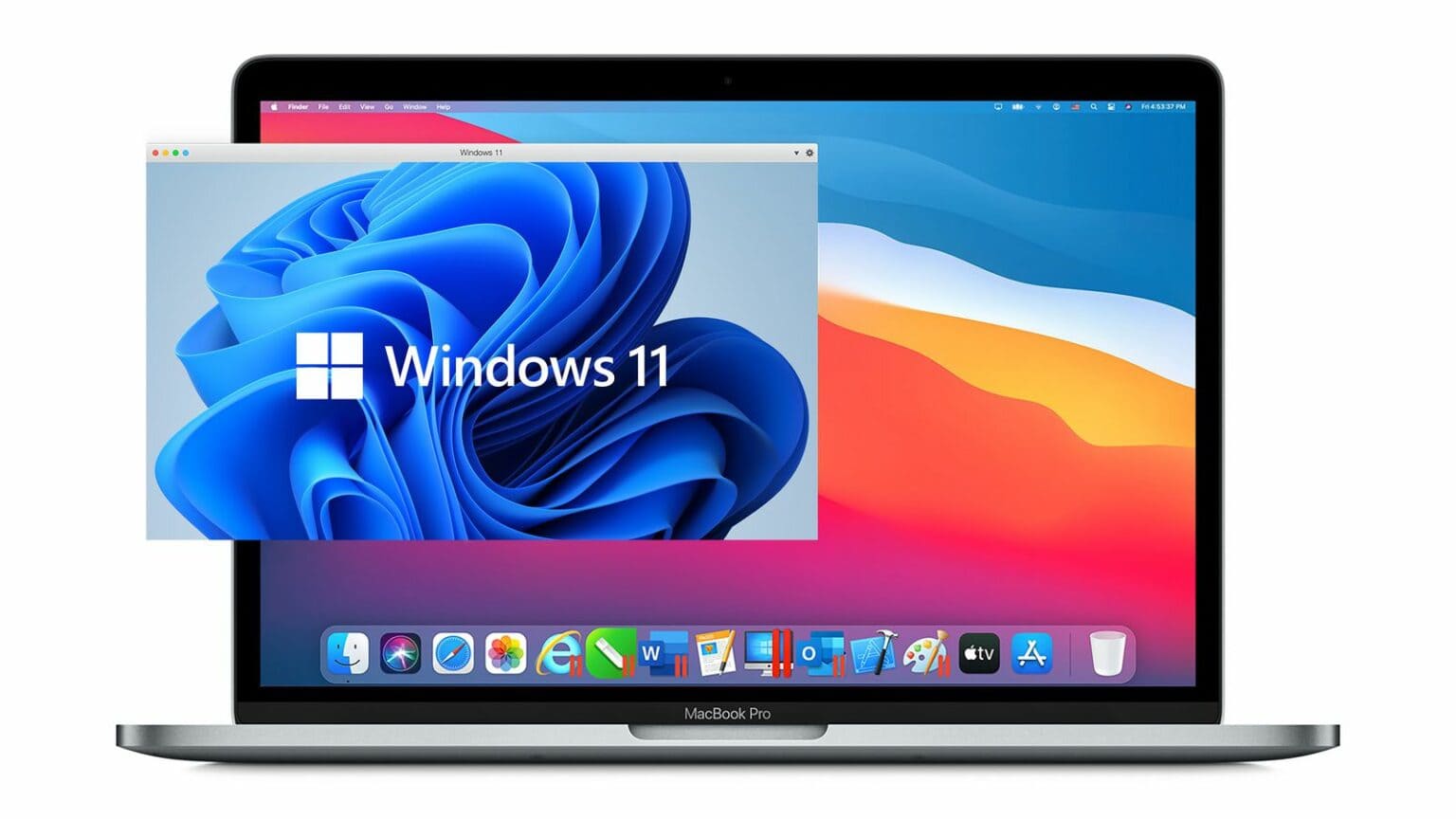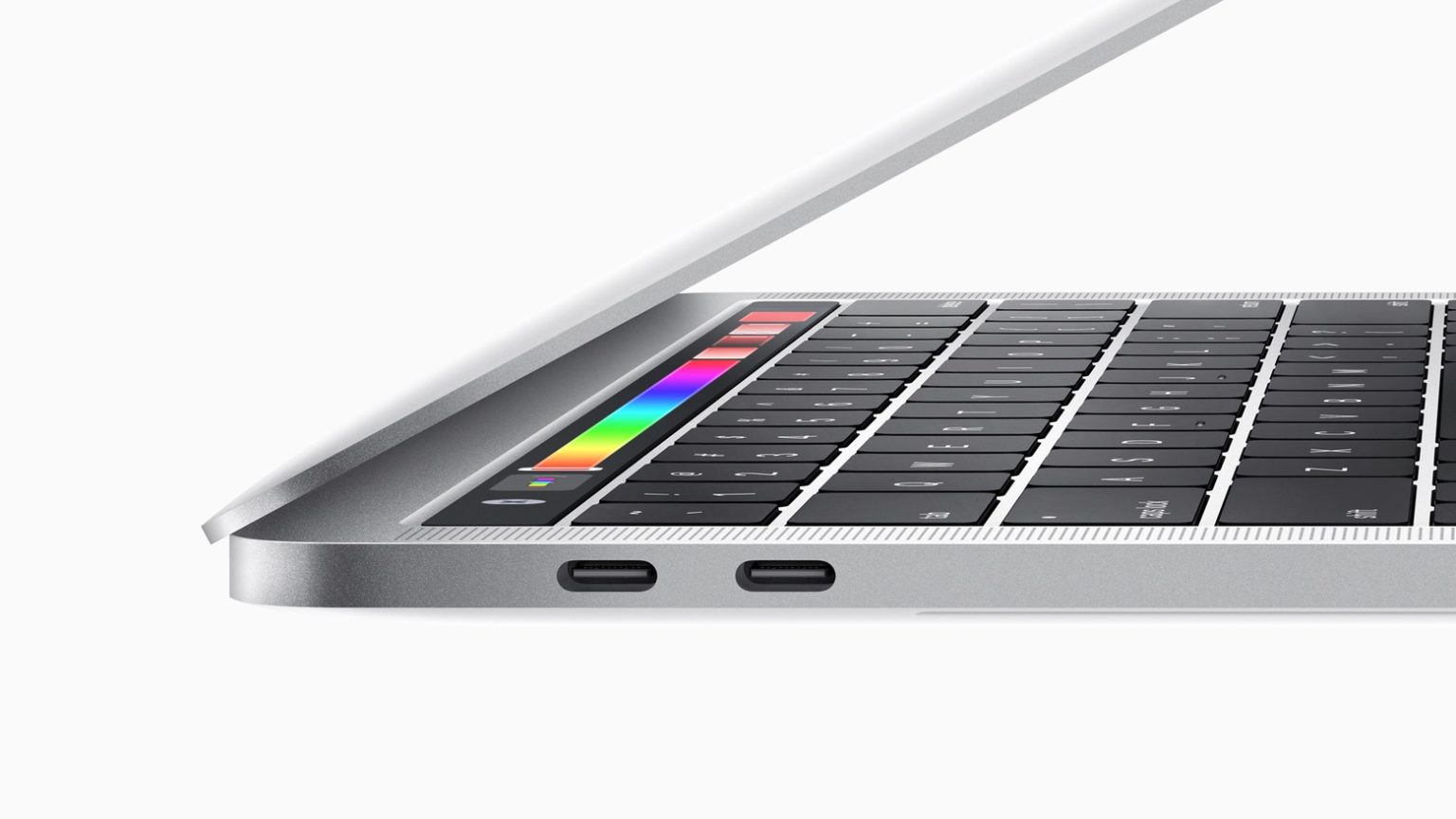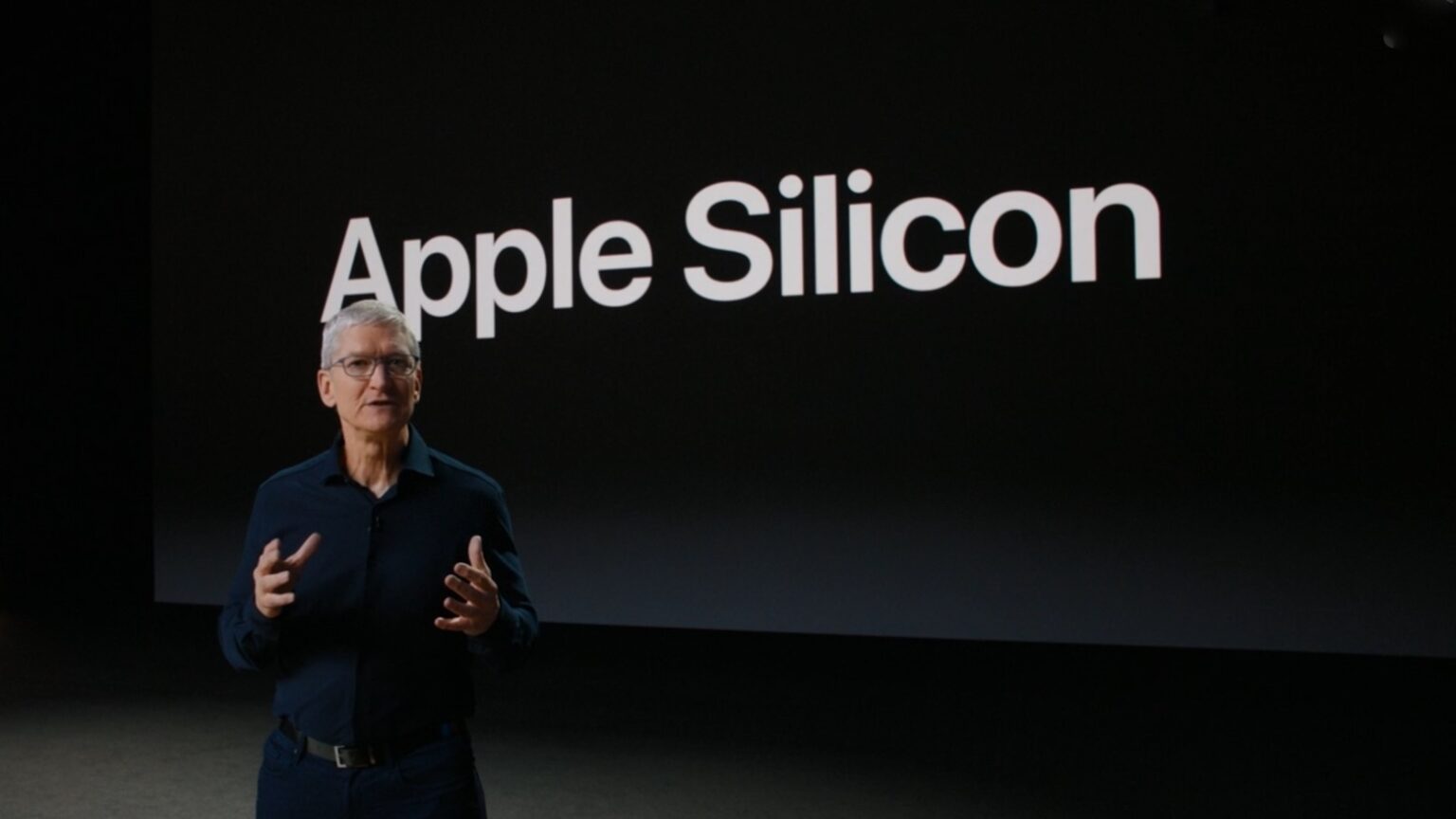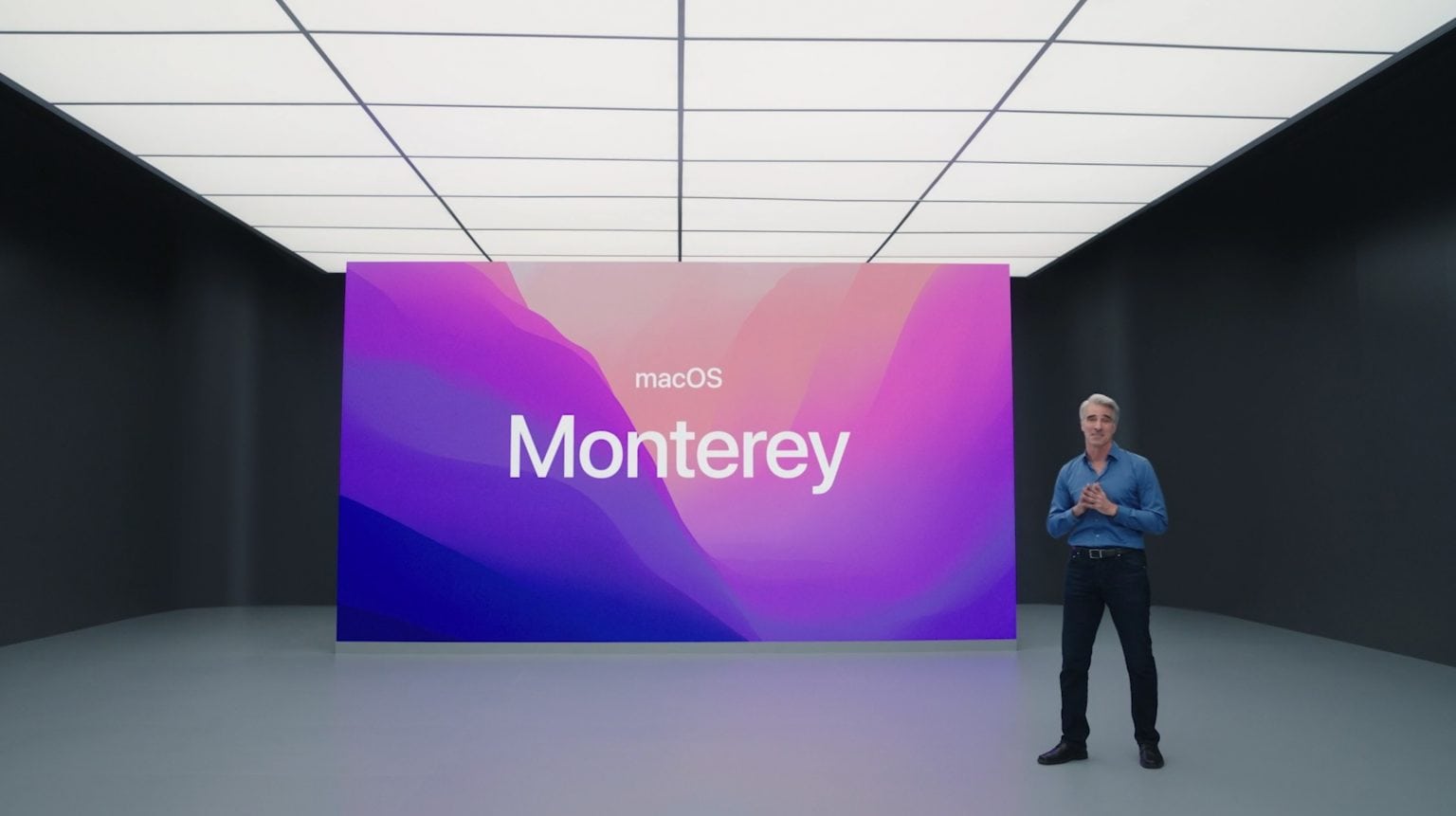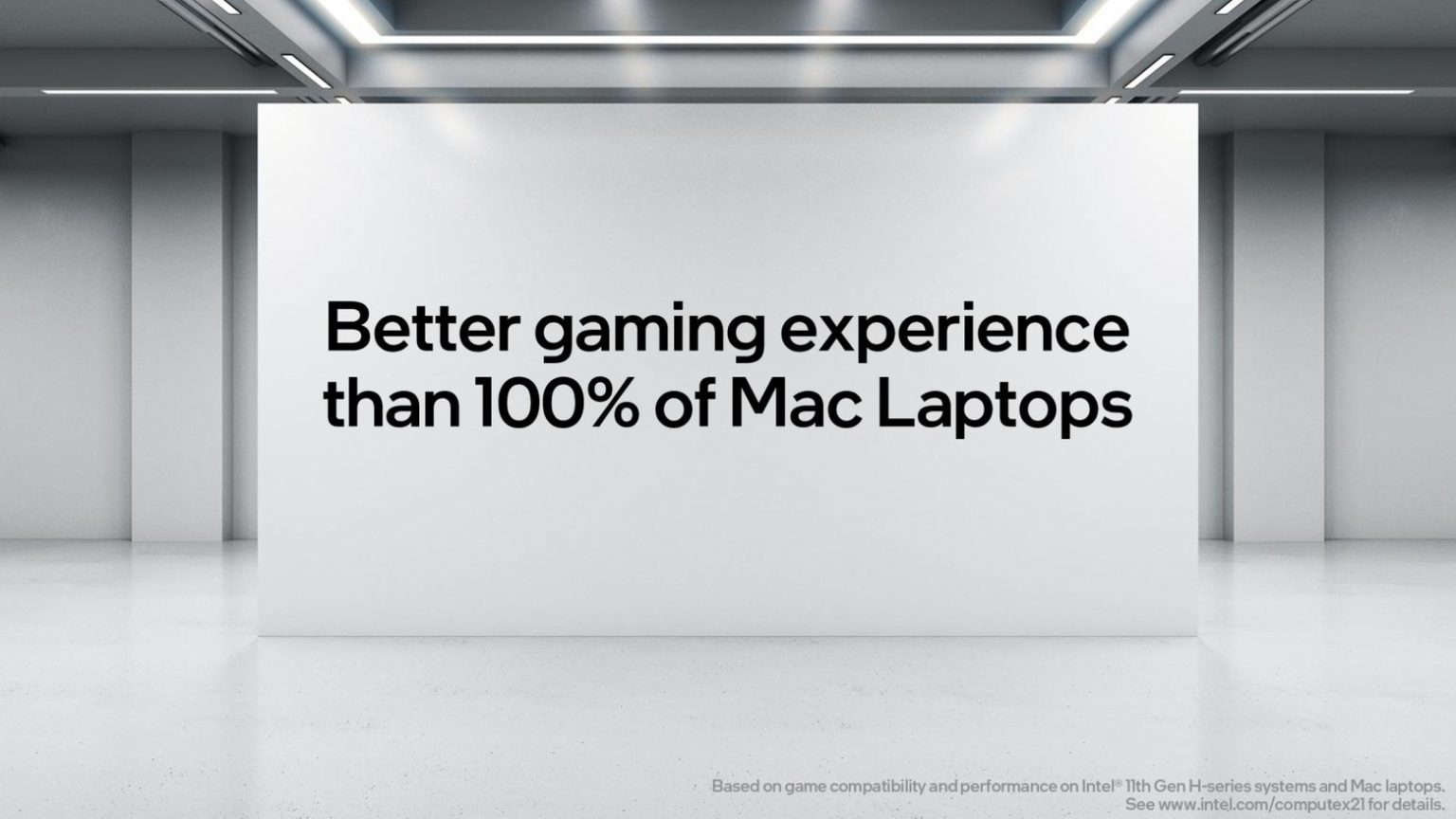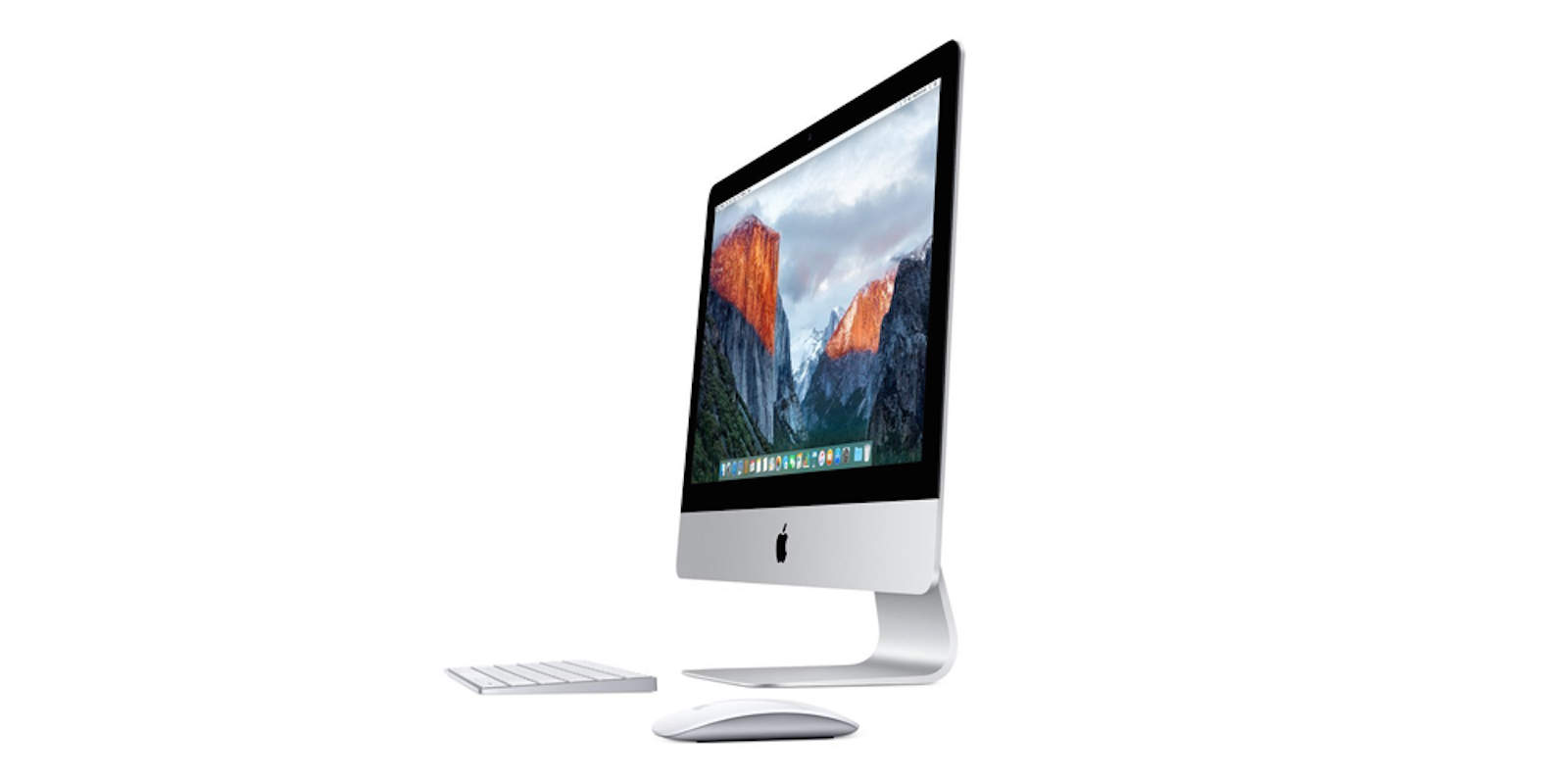 February 14, 1995: Apple Computer extends a lawsuit against developer San Francisco Canyon Company to include Microsoft and Intel. The lawsuit concerns allegedly stolen Apple code that’s used to improve Microsoft’s Video for Windows technology.
February 14, 1995: Apple Computer extends a lawsuit against developer San Francisco Canyon Company to include Microsoft and Intel. The lawsuit concerns allegedly stolen Apple code that’s used to improve Microsoft’s Video for Windows technology.
The lawsuit comes to a head with Apple threatening a multibillion-dollar lawsuit against Microsoft. Meanwhile, Microsoft CEO Bill Gates threatens to cancel Office for Mac.
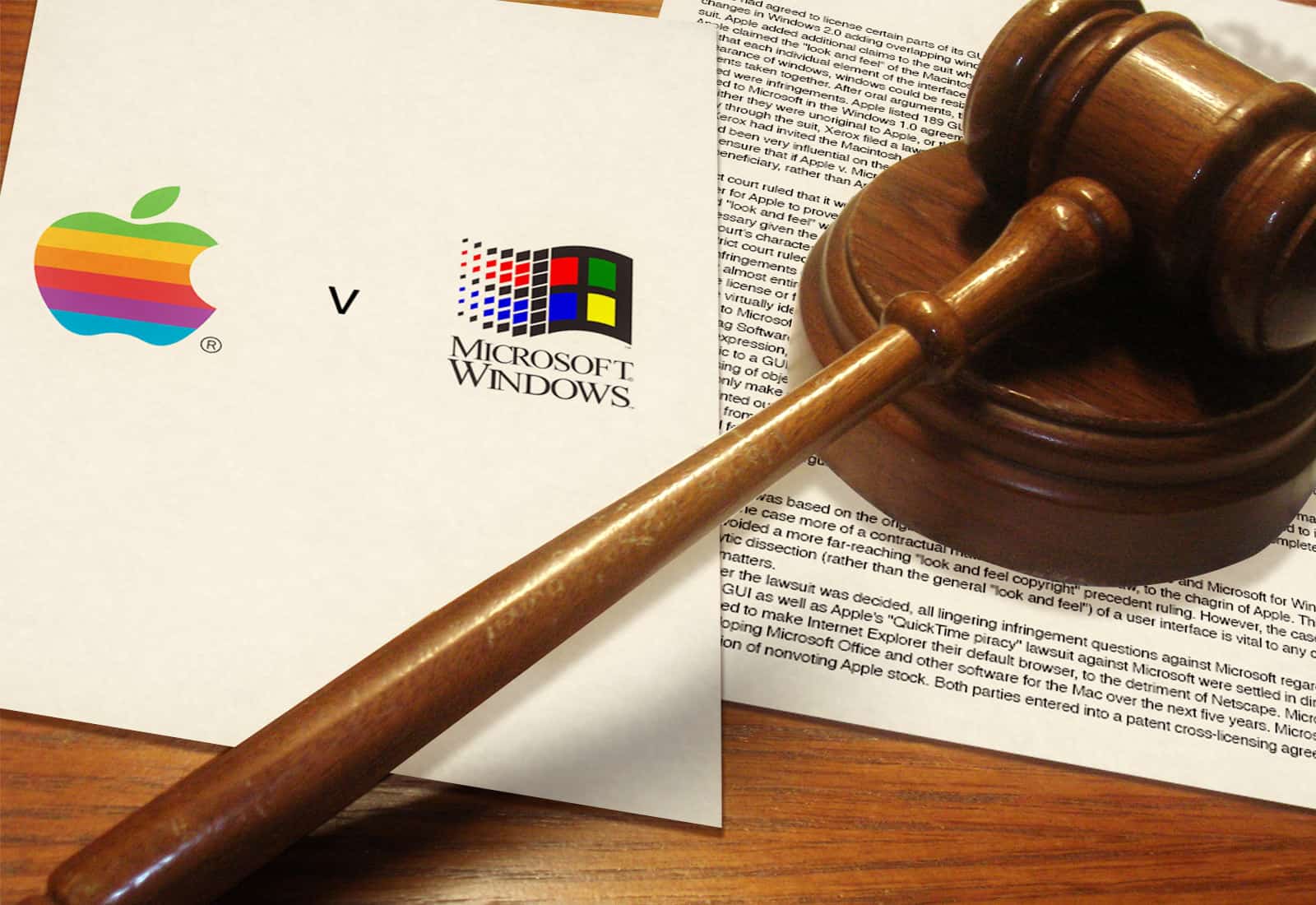
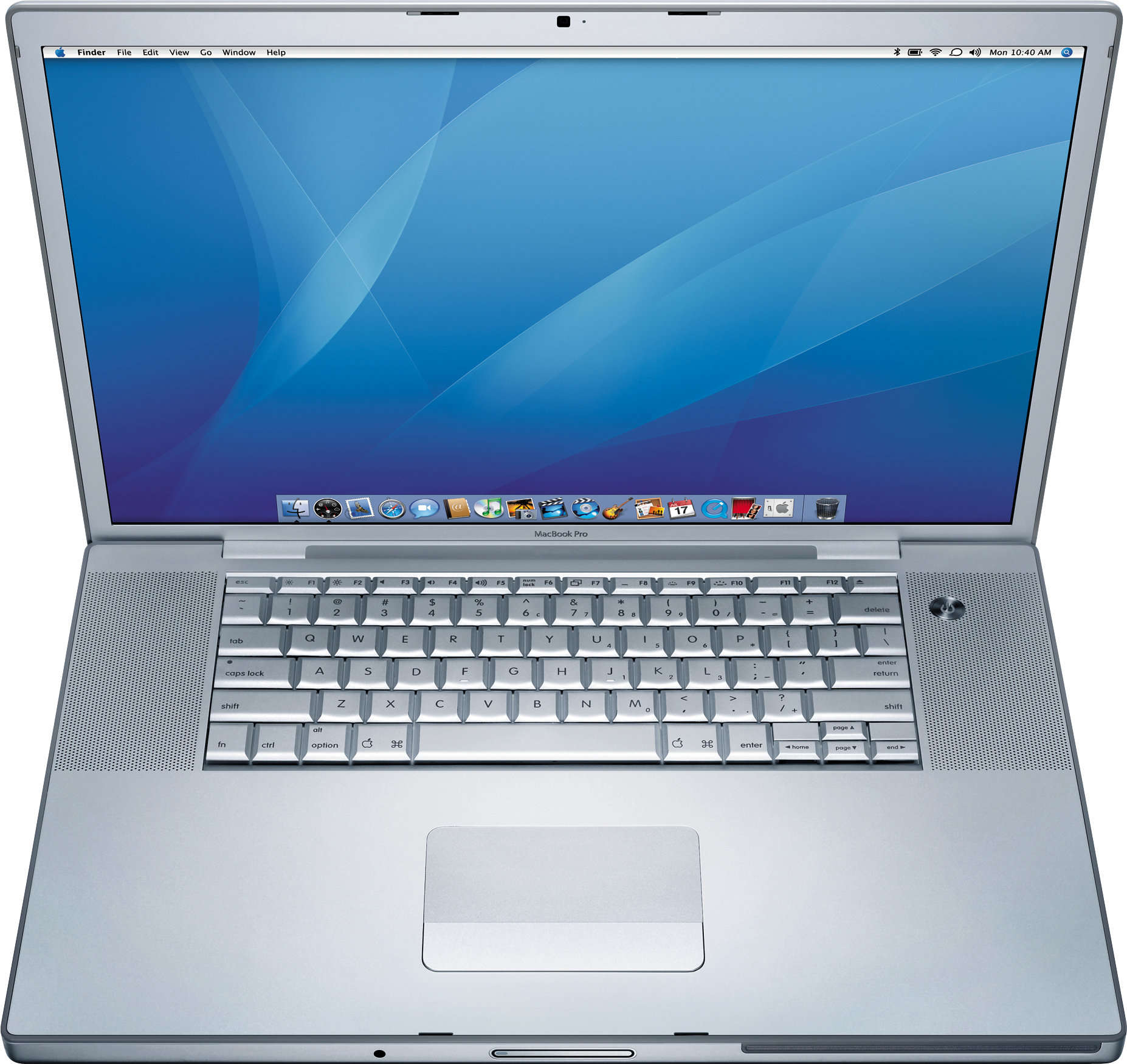
 January 10, 2006: Steve Jobs unveils the original 15-inch MacBook Pro, Apple’s thinnest, fastest and lightest laptop yet.
January 10, 2006: Steve Jobs unveils the original 15-inch MacBook Pro, Apple’s thinnest, fastest and lightest laptop yet.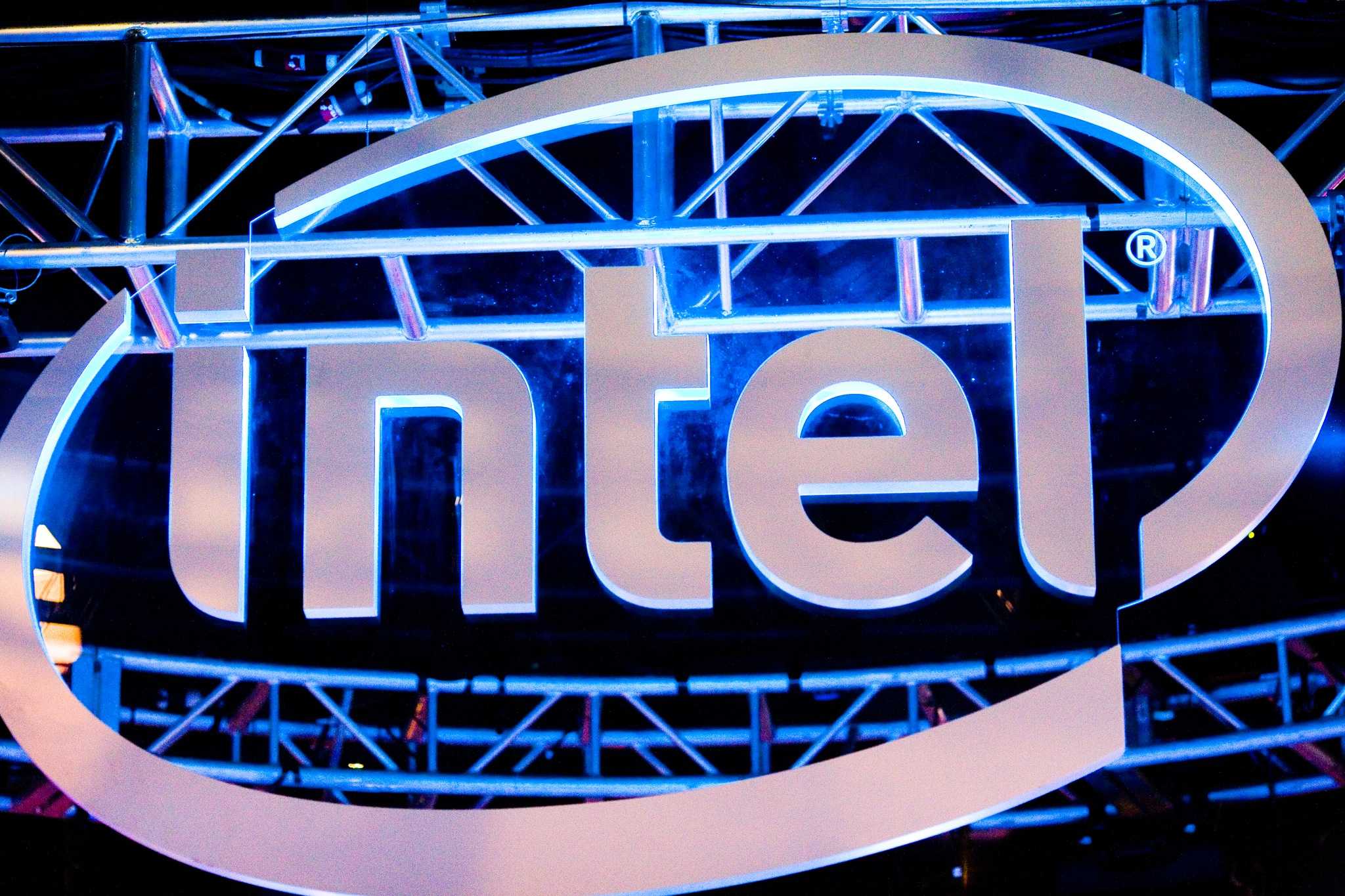
 December 4, 1992: Apple engineers demonstrate a “proof of concept” of the Mac operating system running on an Intel computer.
December 4, 1992: Apple engineers demonstrate a “proof of concept” of the Mac operating system running on an Intel computer.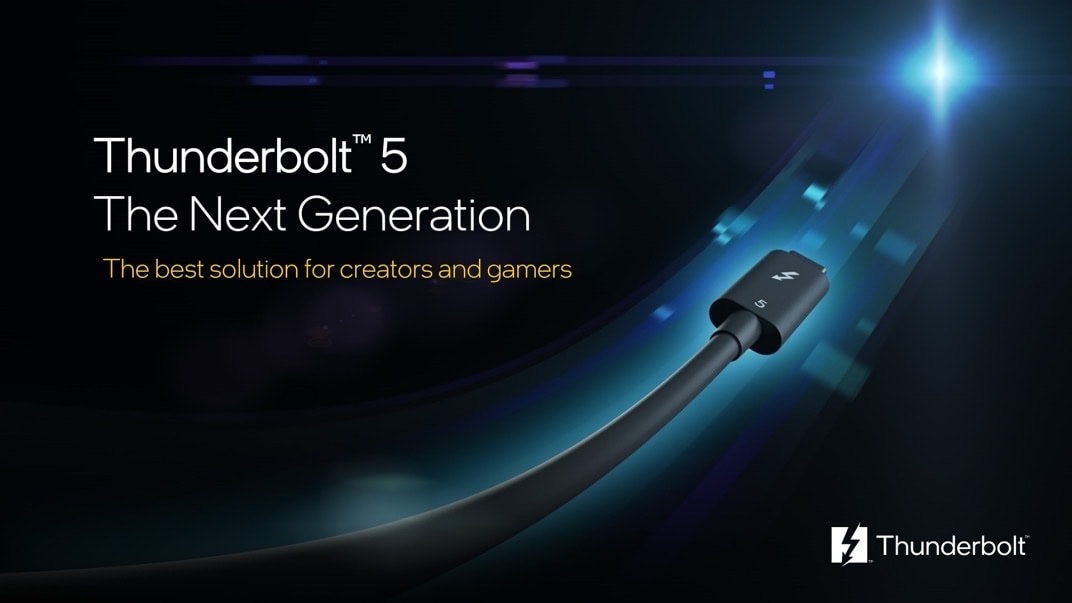
 June 6, 2005: Steve Jobs reveals that Apple will switch the Mac from PowerPC processors to Intel.
June 6, 2005: Steve Jobs reveals that Apple will switch the Mac from PowerPC processors to Intel.![IPhone Ultra? Take our money now! [The CultCast] Concept art shows what the iPhone Ultra might look like in a promo image for The CultCast, Cult of Mac's weekly Apple podcast.](https://www.cultofmac.com/wp-content/uploads/2023/02/CultCast-581-iPhone-Ultra-1536x864.jpg)
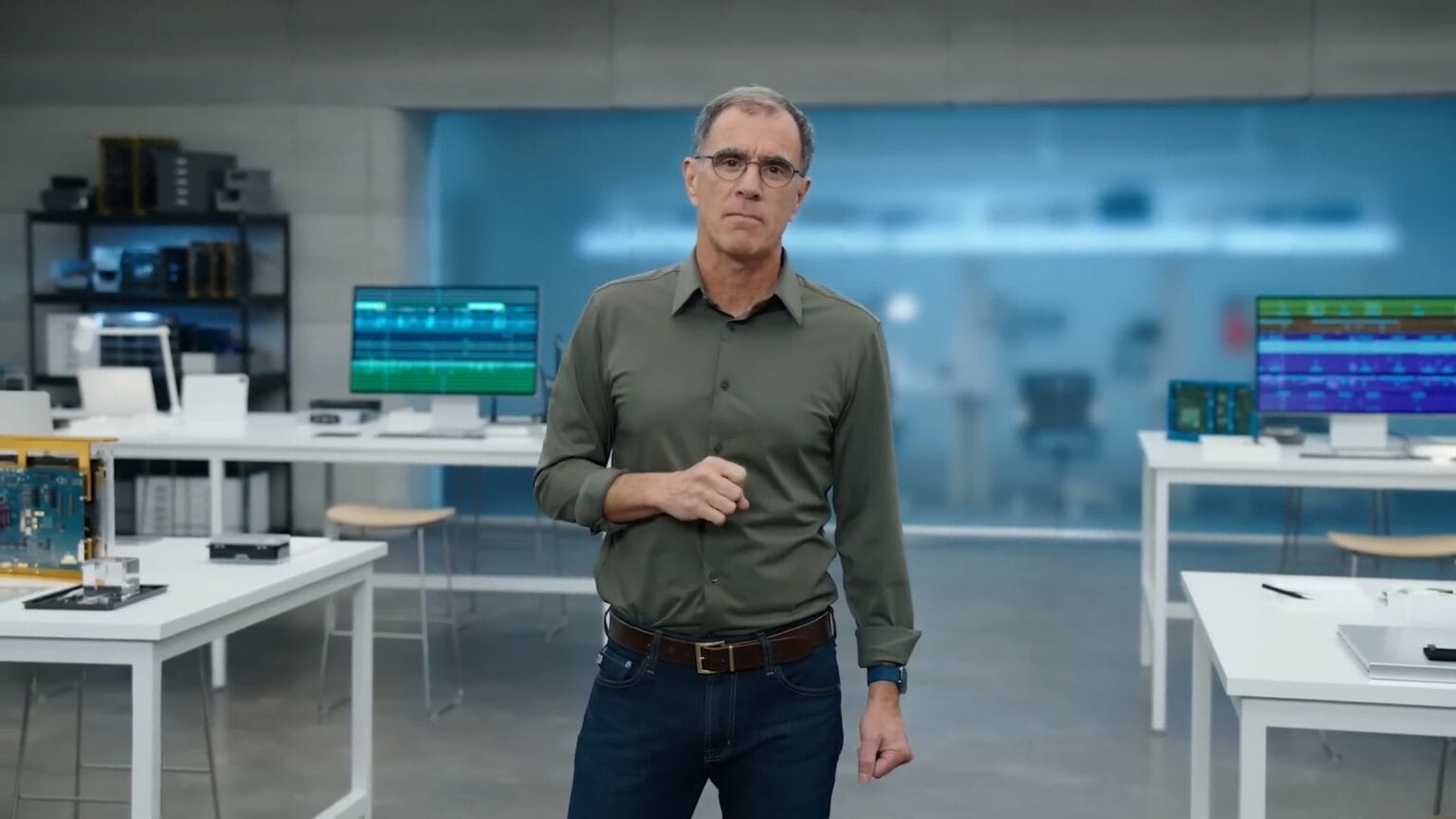
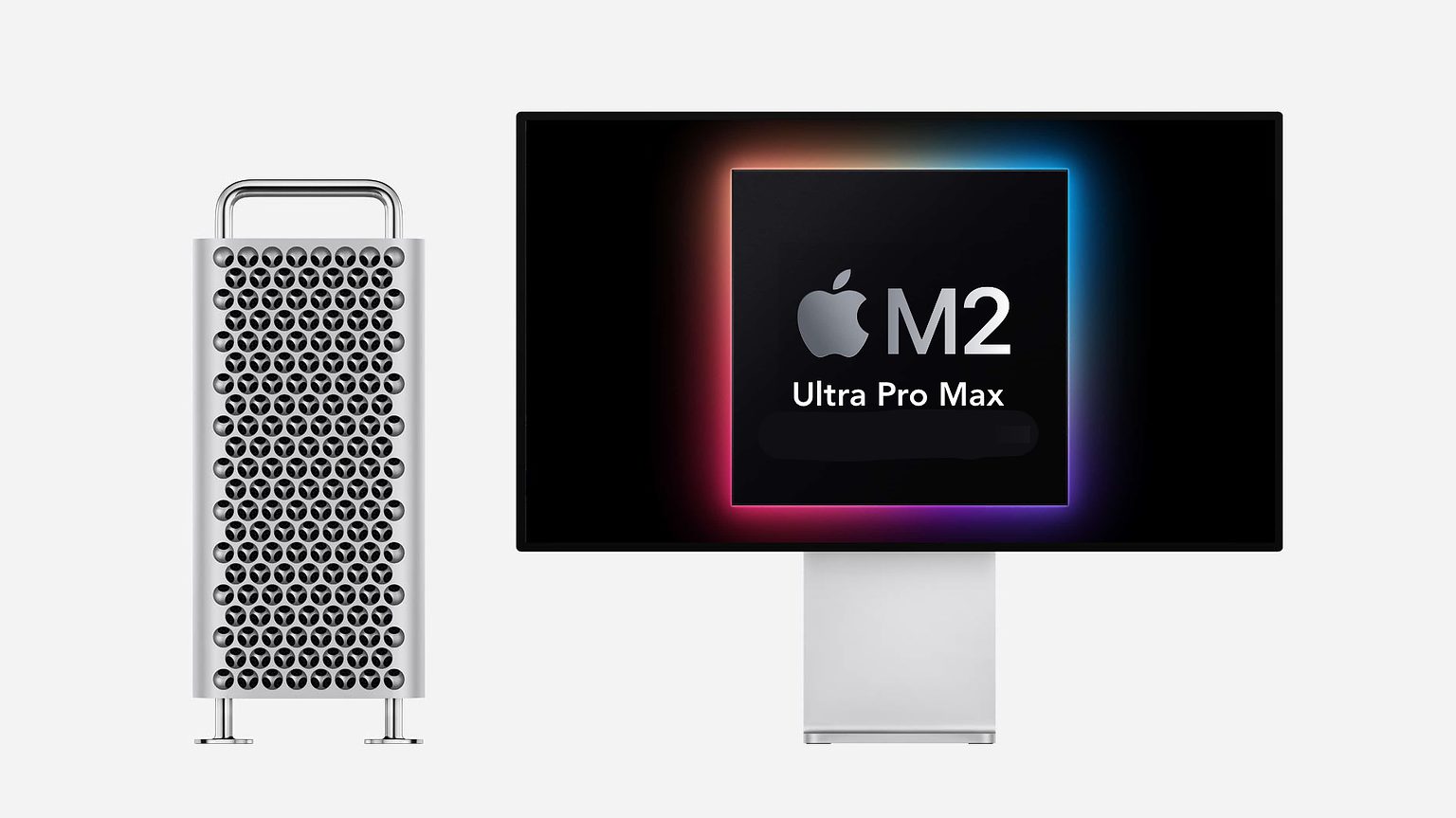
![MacBook Pro and PC rig features designer’s own folding MagSafe stand [Setups] This moody shot doesn't show the folding MagSafe stand well, but you can see it in the images below.](https://www.cultofmac.com/wp-content/uploads/2022/10/2eeyk5sdxvs91-1536x1133.jpg)
![3D-render wunderkind Ian Zelbo jacks up performance [Setups] Ian Zelbo works on renders on a tricked-out PC in New York City.](https://www.cultofmac.com/wp-content/uploads/2022/03/FN07PHgXMAEZYDb-1536x996.jpeg)
